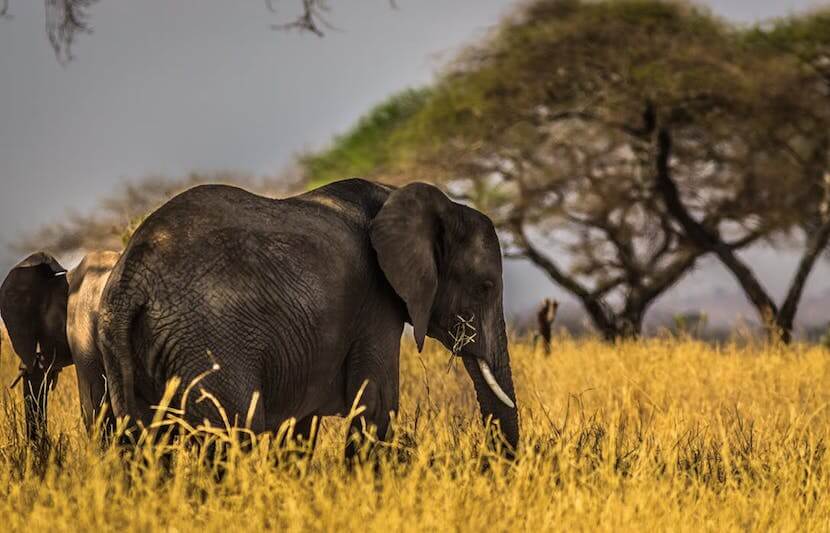If conservation efforts are not vastly improved, mammal species will die off so quickly in the next 50 years that it will take nature 3-5 million years to recover, researchers from Aarhus University, Denmark, and the University of Gothenburg, Sweden, find.
Five mass extinctions have occurred over the past 450 million years. But, they happened naturally, and evolution was always there to develop new, unique species.
The sixth mass extinction, however, is happening right now, and it will accelerate too fast for evolution to keep up.
Humans are to blame for this increased biodiversity loss, said Matt Davis, a postdoc researcher in the Department of Bioscience at Aarhus University and lead author of the study. “More specifically, us destroying animal habitats and converting them to our own use,” he continued.
The sixth mass extinction started in the Late Pleistocene, and it has already wiped out 300 mammal species and more than 2.5 billion years of unique evolutionary history, the researchers wrote.
It will take mammals 5-7 million years to rebuild diversity to its level before humans evolved. It will take 3-5 million years to reach current biodiversity levels.
The study
The researchers used a huge database that included hundreds of species of mammals that existed prior to the spread of homo sapiens. This way, they could fully study how humans have impacted other species of mammals.
They used computers, evolutionary simulations and their immense data sets to calculate the amount of evolutionary time that would be lost from past and future extinctions and to assess how long recovery would take.
Evolutionary significance
Not all mammals have the same evolutionary significance.
Some mammal species have very distinct lineages with very few close relatives.
“Large mammals, or megafauna, such as giant sloths and sabre-toothed tigers, which became extinct about 10,000 years ago, were highly evolutionarily distinct,” Davis said in a statement. “Since they had few close relatives, their extinctions meant that entire branches of Earth’s evolutionary tree were chopped off.”
“There are hundreds of species of shrew, so they can weather a few extinctions,” he continued. “There were only four species of sabre-toothed tiger; they all went extinct.”
What can be done?
Some of our largest, most beloved animal species are at risk.
“Although we once lived in a world of giants: giant beavers, giant armadillos, giant deer, etc., we now live in a world that is becoming increasingly impoverished of large wild mammalian species,” Jens-Christian Svenning, a professor in the Department of Bioscience at Aarhus University and co-author of the study, said in a statement.
“The few remaining giants, such as rhinos and elephants, are in danger of being wiped out very rapidly,” he continued.
Immediate action is required if we want to help increase the chances of survival for many of the endangered animal species.
“Contact your representative in government,” said Davis. “We aren’t going to solve this problem unless the governments of the world agree that this is an issue that requires action. A lot of good work can be done at the grassroots level but major global threats require global solutions.”
It isn’t all bad news. There are some steps we can take to preserve existing biodiversity.
“If you look on a more local scale, many species aren’t extinct, they have just had their ranges reduced by humans,” said Davis. “We are already looking at how much biodiversity can be restored by letting species move back to their native ranges. It turns out it is a lot, and that’s some good news for once.”
In the future, the researchers’ data and methods could be used to quickly identify endangered species that are evolutionarily distinct.
“Our paper particularly suggests that we should be using phylogenetic diversity more to prioritize conservation of evolutionary distinct species that are at risk of extinction,” said Davis.
“So far, phylogenetic diversity has mostly been an academic issue and hasn’t been used much with conservationists on the ground. I think this will start to change with the increasing popularity of programs like the EDGE of Existence list and metrics that can prioritize whole conservation areas and groups of species,” he continued.



